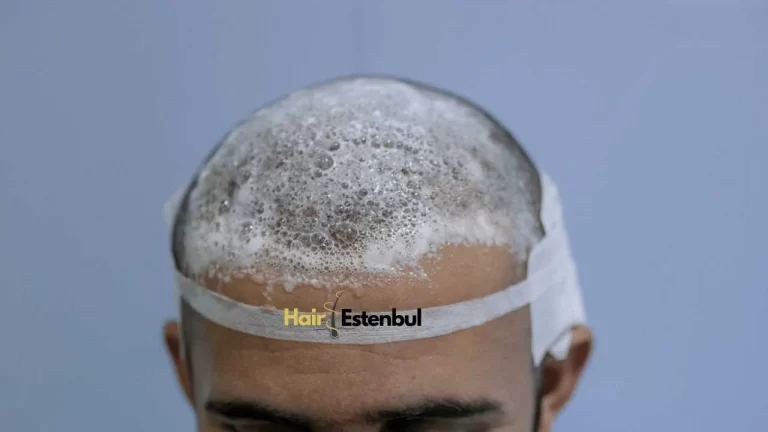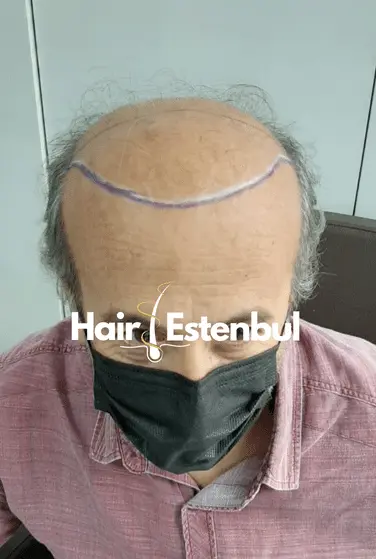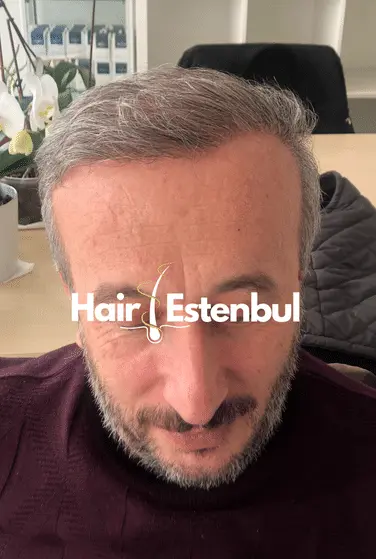A hair transplant is a surgical procedure that aims to restore hair growth in areas affected by hair loss or thinning. This process involves relocating hair follicles from a donor area, typically the back or sides of the scalp, to the recipient area, which is the area experiencing hair loss.
Pre-Procedure Consultation
Before undergoing a hair transplant, patients will have a consultation with a hair transplant specialist. During this consultation, the specialist will evaluate the patient's hair loss pattern, assess the donor and recipient areas, and discuss the patient's expectations and desired outcomes. The specialist may also take photographs and perform various diagnostic tests to determine the suitability of the patient for the procedure.

Preparation and Anesthesia
On the day of the procedure, the patient will arrive at the hair transplant center, where they will be prepared for the surgery. The scalp will be cleaned and local anesthesia will be administered to numb the donor and recipient areas. We offer additional sedation or oral medication to help the patient relax during the procedure.

Hair Follicle Extraction
There are two primary methods for extracting hair follicles: follicular unit transplantation (FUT) and follicular unit extraction (FUE).
FUT: In this technique, a strip of scalp is surgically removed from the donor area, and the wound is then sutured. The strip is dissected into individual hair grafts under a microscope for transplantation.
FUE: With FUE, individual hair follicles are extracted directly from the donor area using a specialized instrument, such as a microneedle or punch tool. These follicles are then prepared for transplantation.

Hair Follicle Implantation
After the extraction process, the hair transplant specialist will make tiny incisions in the recipient area, where the extracted follicles will be inserted. The incisions are strategically made to ensure natural hair growth patterns and a pleasing aesthetic result. The surgeon will carefully place each graft into the incisions, taking into account the direction, angle, and density of the existing hair.

Post-Procedure Care

Hair Growth and Results
After the hair transplant, it is normal for the transplanted hair to fall out within a few weeks. However, the hair follicles remain intact beneath the scalp and gradually start regrowing new hair. It typically takes several months for the transplanted hair to start growing visibly, and the full results can be expected within 9 to 12 months post-surgery. The newly grown hair will be permanent and will continue to grow naturally.
It is important for patients to have realistic expectations and understand that the final results may vary depending on factors such as the extent of hair loss, the quality of the donor hair, and individual healing abilities.
Please note that this is a general overview, and it is essential for patients to consult with a qualified hair transplant specialist who can provide personalized information and advice based on their specific situation.

BEFORE


